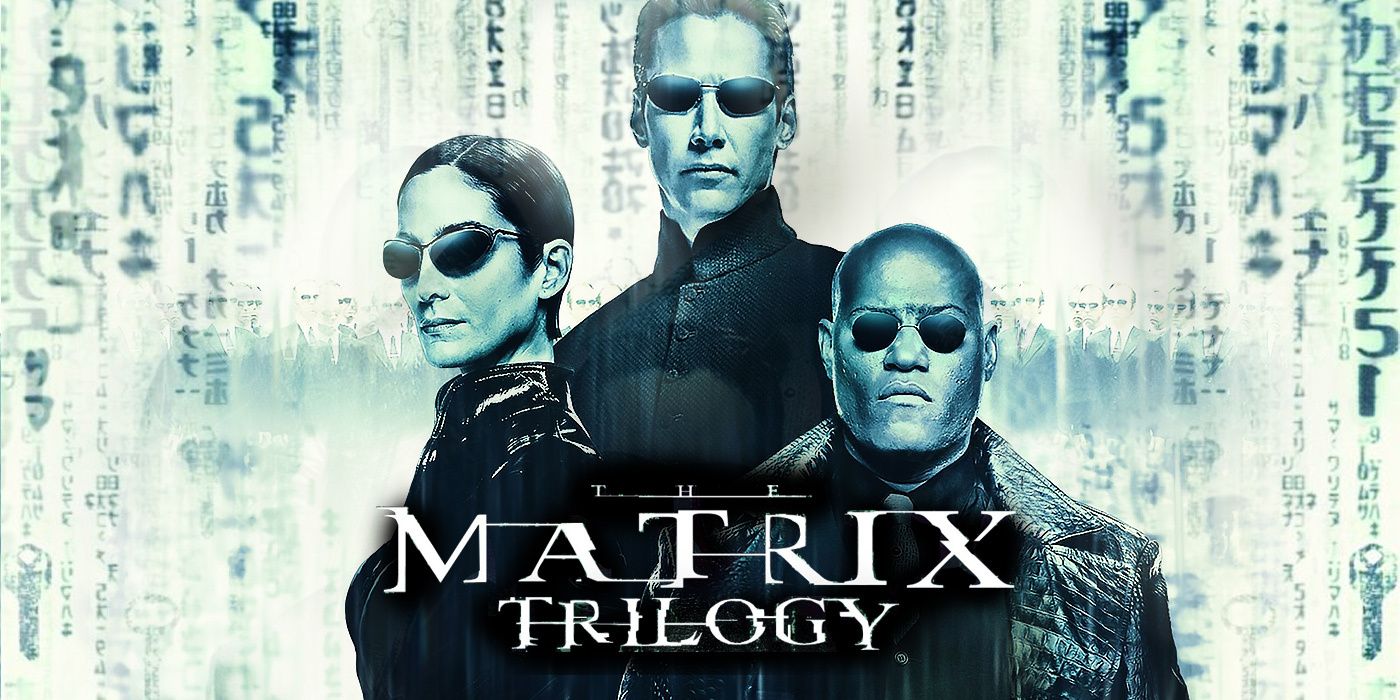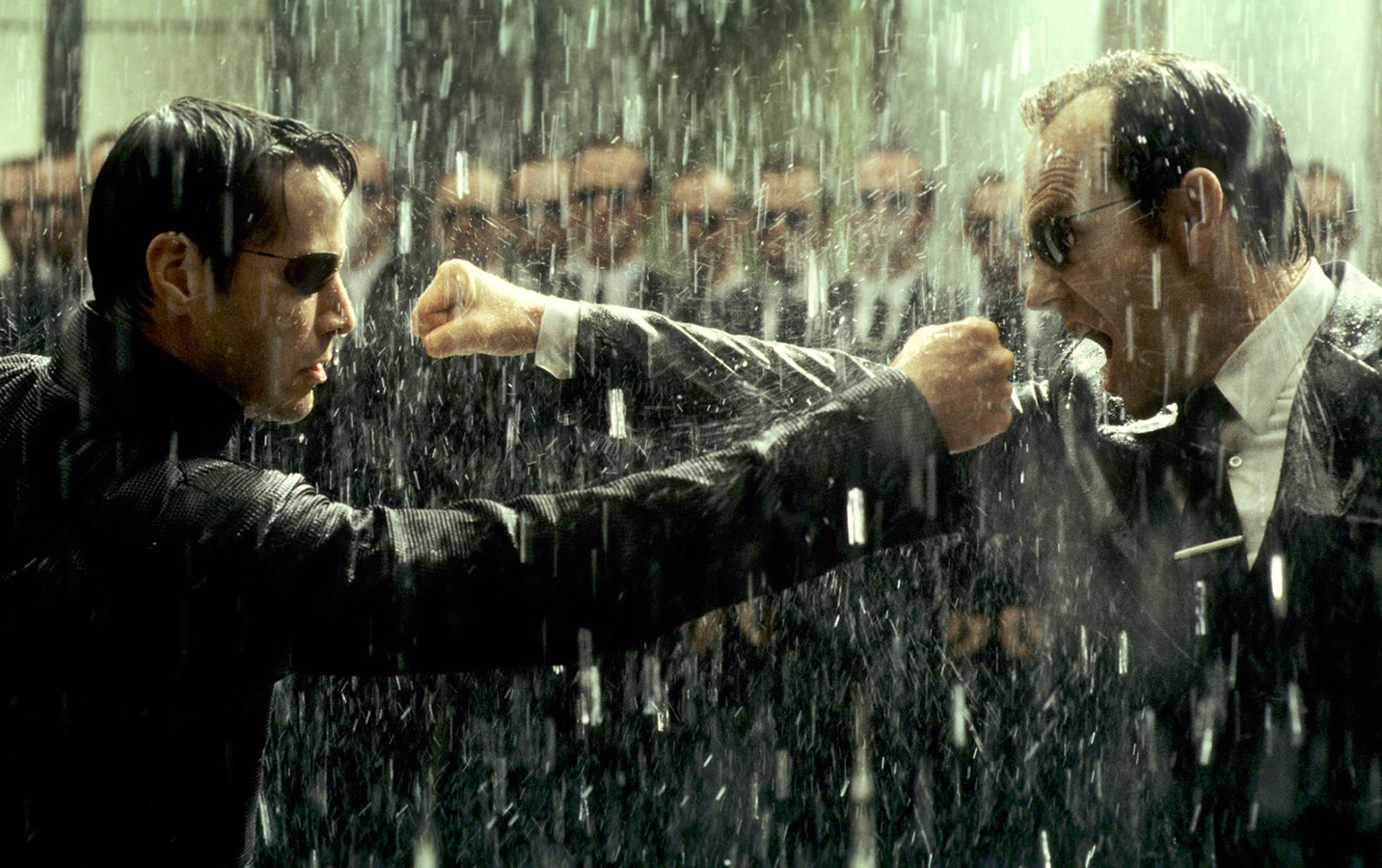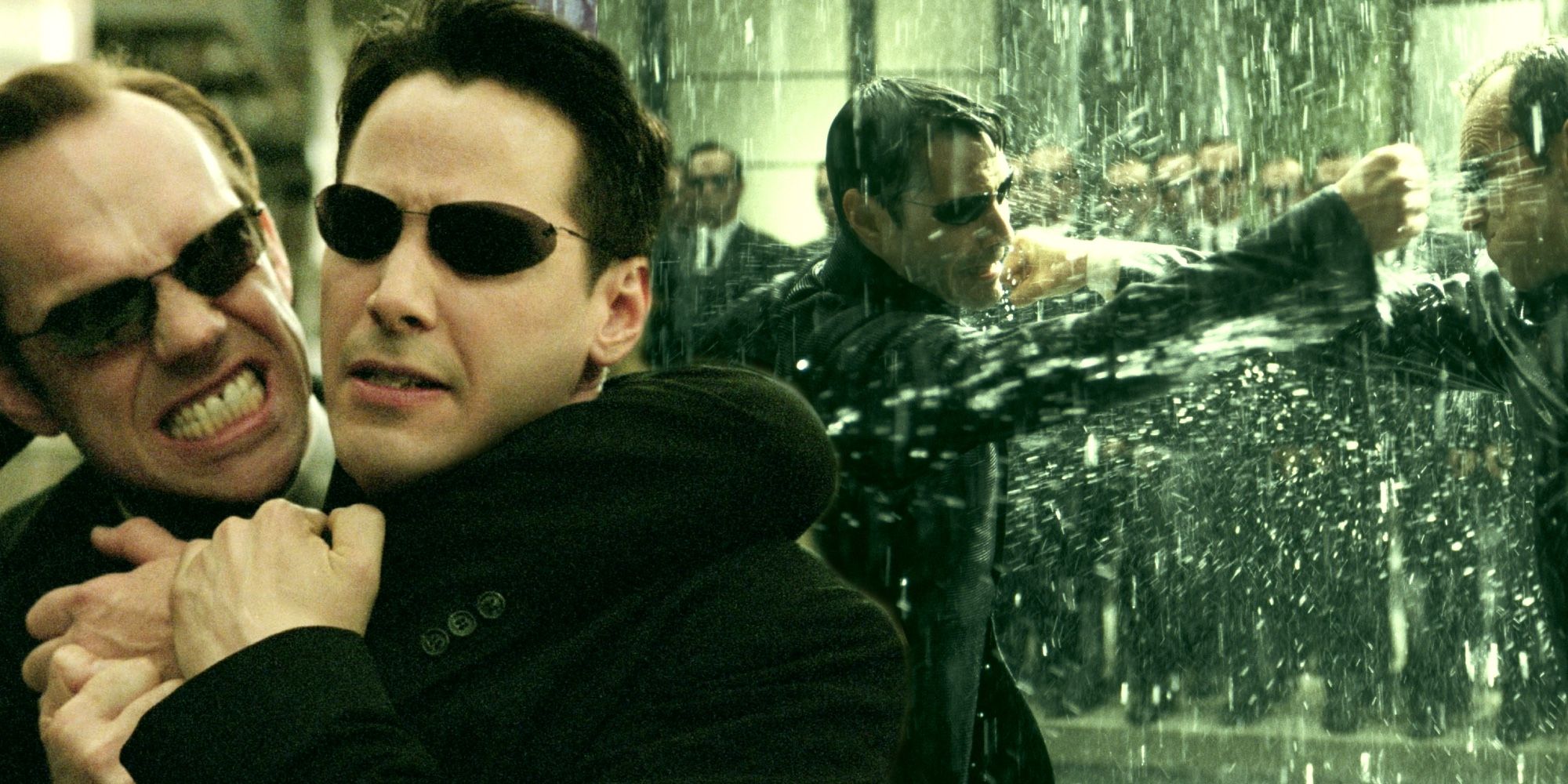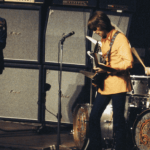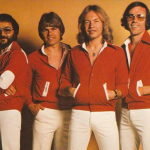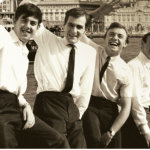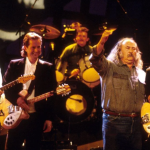The Matrix Revolutions (2003)
- music
- September 17, 2024
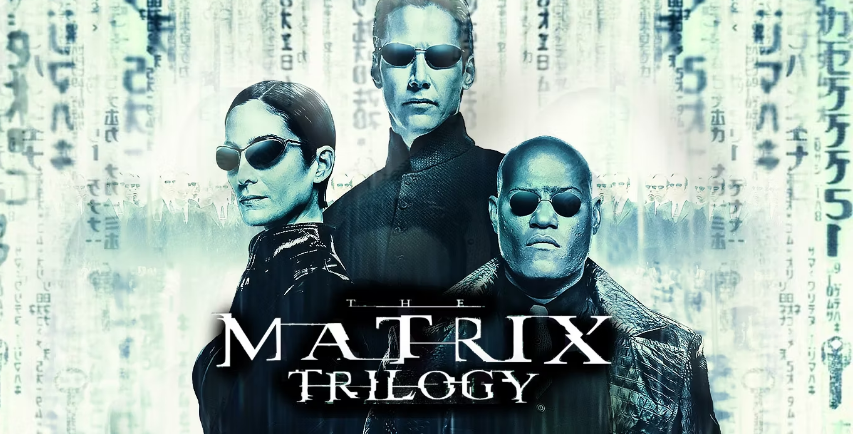
The Matrix Revolutions (2003) is the final installment in the original Matrix trilogy, directed by the Wachowskis. The film picks up immediately after the events of The Matrix Reloaded and serves as the conclusion to the epic battle between humans and machines, focusing on the final fate of Neo (Keanu Reeves), Trinity (Carrie-Anne Moss), and Morpheus (Laurence Fishburne), as well as the survival of Zion, humanity’s last stronghold.
Plot Summary:
The film begins with Neo trapped in a limbo-like state between the Matrix and the real world, known as Mobil Ave. He is rescued by Trinity and Morpheus with the help of The Oracle (Mary Alice), who explains that Agent Smith (Hugo Weaving) has become a rogue program, now more dangerous than ever. Smith has grown beyond the control of the Matrix, absorbing countless individuals and other programs, including The Oracle herself.
Meanwhile, in the real world, Zion is under siege by a massive machine army. The humans mount a desperate defense, using mechanized suits called APUs and other defenses to fight off the machines, while awaiting help from Neo.
Neo, realizing that the only way to end the war is to confront Deus Ex Machina, the leader of the machines, embarks on a final mission with Trinity to Machine City. On the way, they face numerous challenges, including a confrontation with Bane, a human possessed by Agent Smith in the real world, who blinds Neo in one eye.
In a climactic sequence, Neo and Trinity reach Machine City, but Trinity dies in a crash while attempting to land their ship. Neo proceeds to confront Deus Ex Machina, offering a truce: he will stop Smith, who has become a threat to both humans and machines, in exchange for peace between the two races. The machines accept the deal and plug Neo into the Matrix for one final battle with Smith.
In a visually stunning showdown, Neo and Smith clash in an epic rain-soaked fight. Neo ultimately allows Smith to assimilate him, causing Smith’s destruction from within. Neo sacrifices himself, and his body is taken by the machines. With Smith defeated, the war ends, and the machines withdraw from Zion, honoring the peace agreement.
The film closes with a conversation between The Oracle and The Architect (Helmut Bakaitis), in which it is revealed that the Matrix will be rebooted, but with the possibility of choice for the minds within it. The Oracle hints that Neo may return one day, as his influence continues to resonate in the Matrix.
Key Themes:
- Sacrifice and Choice: Neo’s ultimate sacrifice is central to the resolution of the story. His willingness to give up his life to save both humans and machines emphasizes the theme of selflessness and the power of choice. This contrasts with the deterministic view of earlier films, where characters felt bound by prophecy or fate.
- Man vs. Machine: The trilogy explores the complex relationship between humans and machines, culminating in a peace treaty rather than total destruction. The Matrix Revolutions suggests that coexistence and understanding, rather than outright victory or defeat, are possible outcomes in the struggle between humanity and technology.
- Duality and Balance: The dynamic between Neo and Smith serves as the ultimate expression of balance in the Matrix. Smith is Neo’s opposite, his negative, and the two are linked by their very existence. The film suggests that balance between opposites is necessary for harmony, both in the Matrix and in the real world.
- Rebirth and Continuation: While the film marks the end of the original trilogy, it also hints at the possibility of renewal. The Matrix is rebooted, but now with a greater sense of freedom for its inhabitants. The Oracle’s belief that Neo may return implies that the struggle for balance and choice will continue, but in new ways.
Characters:
- Neo (Keanu Reeves): Neo, as “The One,” faces his final destiny in this film. His journey culminates in his realization that his role is not to destroy the Matrix or the machines, but to bring balance between humans and machines through his sacrifice.
- Trinity (Carrie-Anne Moss): Trinity remains a key figure in Neo’s journey, providing emotional support and risking everything to help him. Her death in the final act underscores the human cost of the struggle.
- Morpheus (Laurence Fishburne): Morpheus, once a firm believer in the prophecy of The One, grapples with his faith as the reality of Zion’s potential destruction looms. Though less central to the action in this film, he remains a symbol of hope and leadership.
- Agent Smith (Hugo Weaving): Smith evolves into a near-unstoppable force, seeking to absorb and control everything in the Matrix. His final battle with Neo represents not just physical combat but the philosophical clash between order and chaos, control and freedom.
- The Oracle (Mary Alice): Now portrayed by Mary Alice (after the death of Gloria Foster), The Oracle continues to serve as a guide for Neo and others, representing the potential for choice and change within the Matrix.
- Deus Ex Machina: The machine leader that Neo bargains with for peace, representing the cold, logical will of the machines. Neo’s confrontation with Deus Ex Machina is symbolic of humanity’s direct negotiation with the forces of technology.
Cinematic Elements:
- Action Sequences: The film is known for its intense action scenes, particularly the battle for Zion, which features large-scale mech battles and swarming Sentinels. The final fight between Neo and Smith in the Matrix, set against a backdrop of torrential rain and lightning, is one of the most visually iconic scenes in the trilogy.
- Visual Effects: The Wachowskis pushed the boundaries of CGI once again with Revolutions, especially in the depiction of the Machine City and the climactic battle. The use of “bullet time” and slow-motion effects is prevalent, continuing the stylistic signature of the series.
- Themes of Light and Dark: Visually, Revolutions uses contrasting imagery of light and dark, symbolizing the philosophical and literal battles between humans, machines, and programs. The rain-soaked final battle between Neo and Smith is especially representative of this duality.
- Score: Don Davis’ score adds to the epic feel of the film, blending orchestral music with electronic sounds to match the tension and scale of the war between humans and machines.
Reception:
The Matrix Revolutions received mixed reviews upon release. While the visual effects and action sequences were praised, many critics and audiences found the story’s conclusion unsatisfying, particularly in how it resolved Neo’s journey. The philosophical elements, while consistent with the earlier films, left some viewers feeling that the ending was ambiguous or lacked the emotional payoff they expected.
The battle for Zion and the final showdown between Neo and Smith were highlights for fans of action and visual spectacle. However, the film’s slower moments, particularly in the build-up to the climactic battle, were criticized for dragging down the pacing.
Legacy:
Despite its mixed reception, The Matrix Revolutions remains an important film in the science fiction genre. It concluded one of the most influential trilogies of the early 2000s, and its exploration of the intersection between humanity and technology continues to resonate. The film also set the stage for future expansions of the Matrix universe, including The Matrix Resurrections (2021).
Overall, The Matrix Revolutions delivered a grand, visually stunning conclusion to the original trilogy, wrapping up key narrative threads while leaving room for interpretation and the possibility of new beginnings.


